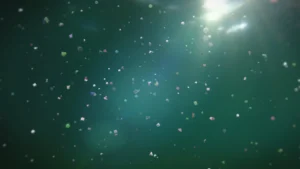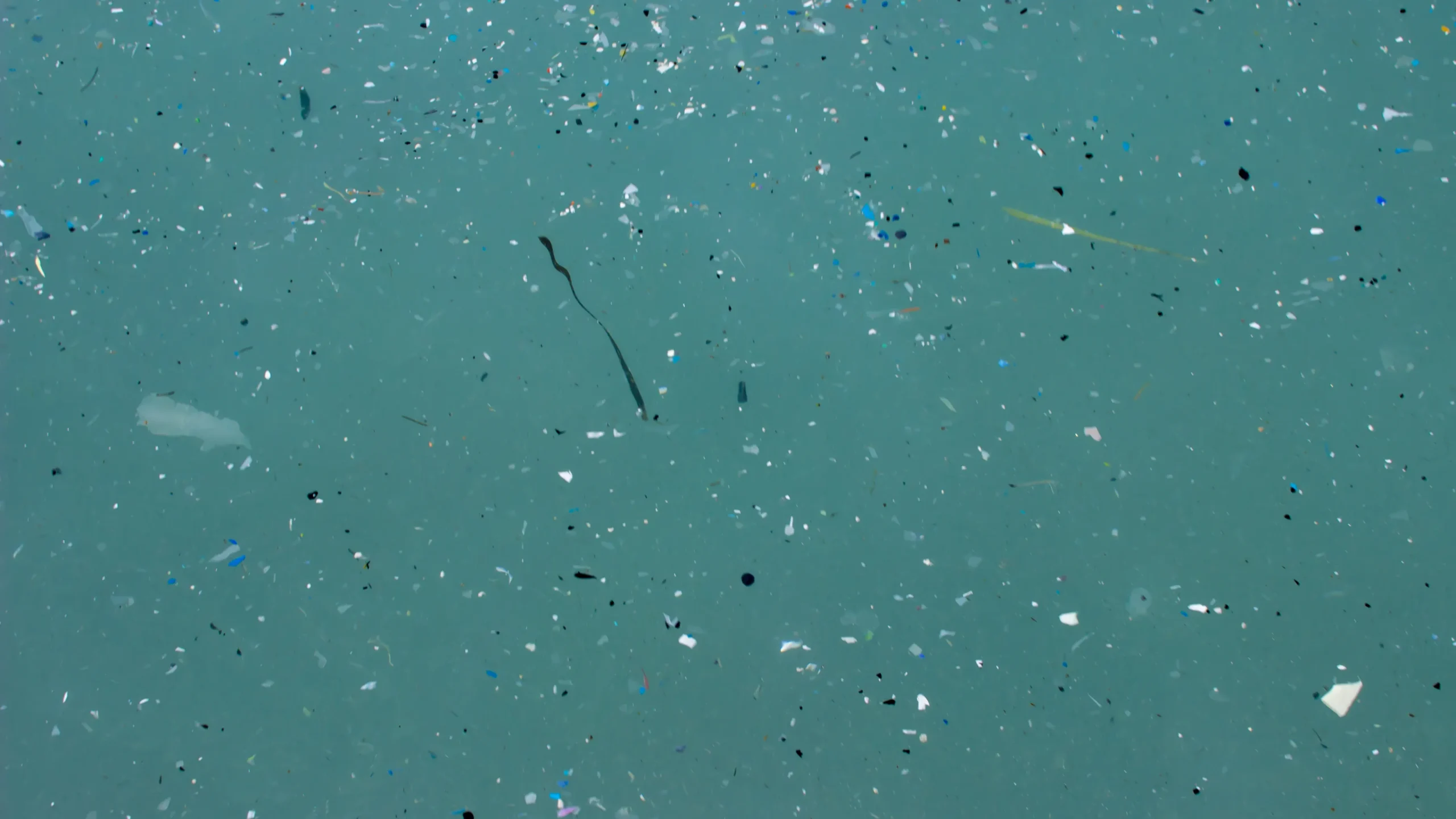
What Are Microplastics and Why Are They a Threat to Our Oceans?
Microplastics have become one of the most significant environmental challenges of our time. These tiny...

Microplastics have become an insidious pollutant in our oceans, threatening marine life and the health of our planet. These tiny fragments of plastic, less than five millimetres in size, are derived from the breakdown of larger plastic waste or manufactured as microbeads, fibres, or pellets. The alarming spread of microplastics in the marine environment has significant implications for ecosystems and human health. Here, we explore the devastating consequences of microplastics and microfibres on marine life, the science behind their impact, and what we can do to combat this growing crisis.
Microplastics are plastic particles smaller than five millimetres. They enter the ocean from various sources, including the degradation of larger plastic debris, microbeads in personal care products, and synthetic microfibres released during laundry cycles. Microfibres, a subset of microplastics, are particularly problematic. These tiny synthetic threads, shed from clothing made of materials like polyester and nylon, contribute to over 34% of microplastic pollution in our oceans (Frontiers in Marine Science, 2022).
Unlike larger plastics, microplastics and microfibres are almost impossible to remove once they infiltrate the marine environment. They are easily ingested by marine organisms, becoming a pervasive threat at every level of the food chain.
Marine animals are ingesting microplastics at an alarming rate. A recent study published in Frontiers in Marine Science (2022) revealed that microplastics have been found in the gastrointestinal tracts of over 220 marine species. From tiny plankton to large marine mammals, no species is spared.
One of the most shocking discoveries was microplastics embedded in the lung tissue and body fat of marine mammals, as reported by The Cool Down (2024). These findings highlight how deeply microplastics infiltrate biological systems, causing physical blockages, internal injuries, and exposure to toxic chemicals. For example, sea turtles, which often mistake plastic for jellyfish, can suffer fatal consequences from ingesting microplastics.
Moreover, microplastics act as carriers for harmful pollutants, such as pesticides and heavy metals. Once ingested, these toxins can accumulate in marine animals, disrupting hormonal balances and impairing reproductive systems. The long-term implications for biodiversity are catastrophic.
While microplastics often garner attention, microfibres are an equally concerning pollutant. These synthetic fibres are released in vast quantities during washing cycles, with a single load of laundry shedding up to 700,000 microfibres (Environmental Science & Technology, 2016). Due to their small size, they easily bypass wastewater treatment systems and flow directly into rivers and oceans.
Microfibres not only pose ingestion risks to marine life but also leach harmful dyes and chemicals into the water. Studies have shown that fish exposed to microfibres exhibit reduced growth rates, behavioural changes, and organ damage. Additionally, microfibres have been detected in the tissues of seafood consumed by humans, raising significant concerns about the long-term health effects of microplastic ingestion.
The presence of microplastics in seafood poses a direct risk to human health. A study cited by Environmental Science & Technology (2016) estimated that seafood consumers could be ingesting up to 11,000 plastic particles annually. While the full health impacts are still under investigation, potential risks include inflammation, immune responses, and disruption of endocrine functions.
Economically, the cost of microplastic pollution is staggering. Coastal communities face mounting expenses for clean-up operations, and fisheries suffer losses due to declining fish stocks and contaminated catches. The global damage caused by plastic pollution in marine ecosystems is estimated to exceed $13 billion annually, according to the United Nations.
While the scale of the microplastic crisis may seem overwhelming, concerted efforts can help mitigate its impact:
Microplastics and microfibres represent a silent yet pervasive threat to marine life, human health, and the global economy. The evidence is clear: urgent action is needed to address this environmental crisis. By adopting sustainable practices, supporting innovation, and advocating for stronger regulations, we can protect our oceans and ensure a healthier future for all life on Earth. Let us act now to safeguard our blue planet from the scourge of microplastics.
Get monthly ocean news, offers, events and updates on our mission.
By clicking subscribe, you agree to our Terms and Conditions.
